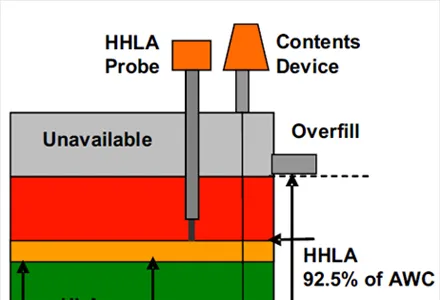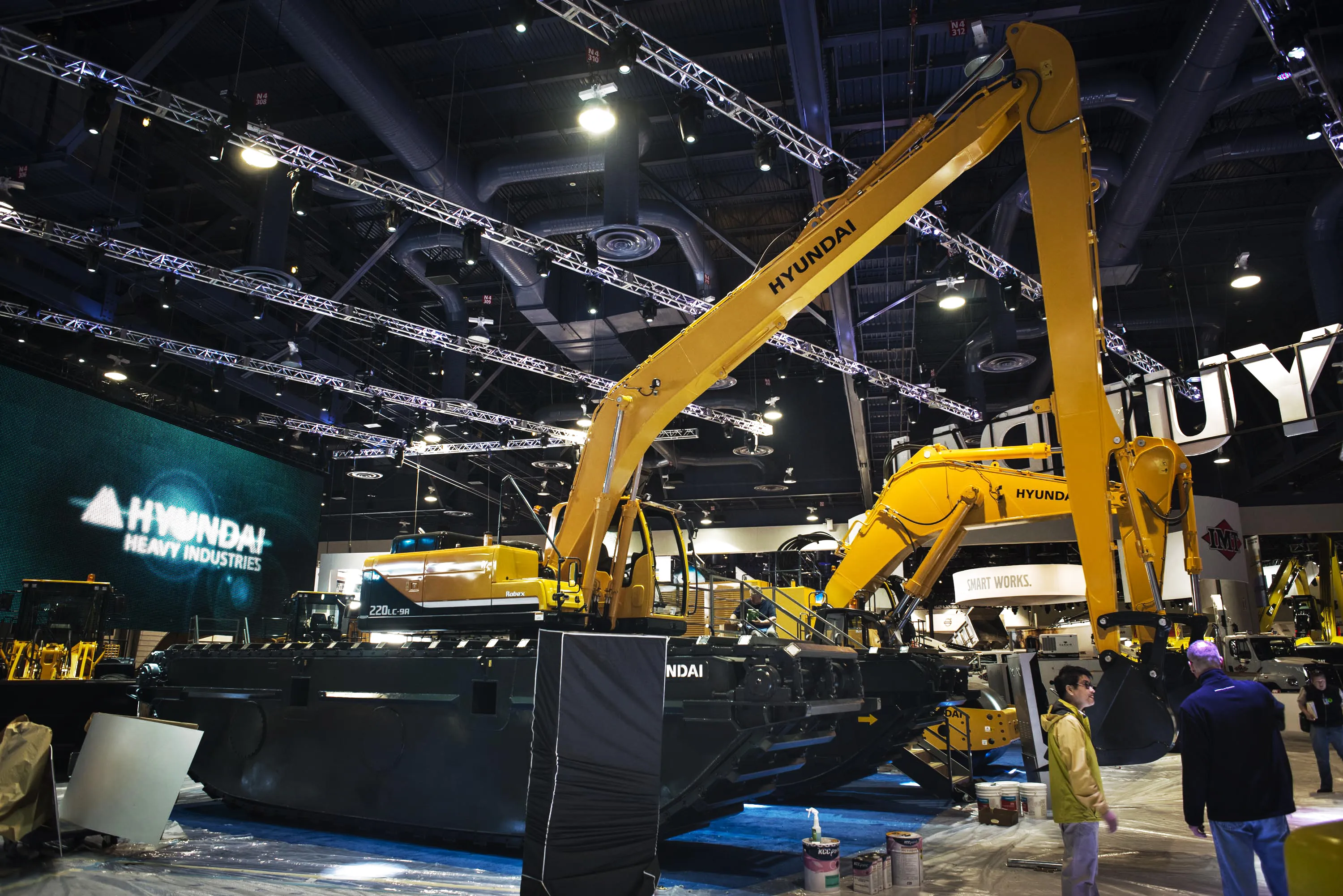Three large and specially-modified Hitachi Zaxis ZX870-3 excavators will help clear one of the world's biggest ship graveyards as part of a 22-month project. The excavators will be used by Mammoet Salvage to break 70 of around 300 rotting ships into smaller, more manageable pieces. The decaying wrecks, weighing from 200-1,200tonnes, have been abandoned in Nouadhibou Bay, Mauretania, over the past 20 years, and have caused the shipping industry to decline in recent years as they pose a hazard to the environm
February 16, 2012
Read time: 2 mins

Three large and specially-modified 233 Hitachi Zaxis ZX870-3 excavators will help clear one of the world's biggest ship graveyards as part of a 22-month project.
The excavators will be used by Mammoet Salvage to break 70 of around 300 rotting ships into smaller, more manageable pieces. The decaying wrecks, weighing from 200-1,200tonnes, have been abandoned in Nouadhibou Bay, Mauretania, over the past 20 years, and have caused the shipping industry to decline in recent years as they pose a hazard to the environment and their surroundings because they contain dangerous substances, including oil residues, asbestos and insulation materials.
The1116 European Union is investing €28.8million in the project, aimed at clearing the waterway for the large amount of fishing and industrial maritime traffic in the area.
The ZX870-3s will be working from a pontoon, as the vessels are all anchored out at sea.
The machines were modified and supplied to the customer in just three weeks by The Netherlands' official Hitachi dealer, Hitachi Construction Machinery (Europe) (HCME) Domestic. Each ZX870-3 was fitted with a powerful cutting tool and had its arm extended by 1.5m. 5tonne counterweights were fitted to ensure they will safely handle large pieces of metal. The machines were also fitted with tracks designed to be safely used on the pontoon.
The excavators will be used by Mammoet Salvage to break 70 of around 300 rotting ships into smaller, more manageable pieces. The decaying wrecks, weighing from 200-1,200tonnes, have been abandoned in Nouadhibou Bay, Mauretania, over the past 20 years, and have caused the shipping industry to decline in recent years as they pose a hazard to the environment and their surroundings because they contain dangerous substances, including oil residues, asbestos and insulation materials.
The
The ZX870-3s will be working from a pontoon, as the vessels are all anchored out at sea.
The machines were modified and supplied to the customer in just three weeks by The Netherlands' official Hitachi dealer, Hitachi Construction Machinery (Europe) (HCME) Domestic. Each ZX870-3 was fitted with a powerful cutting tool and had its arm extended by 1.5m. 5tonne counterweights were fitted to ensure they will safely handle large pieces of metal. The machines were also fitted with tracks designed to be safely used on the pontoon.









